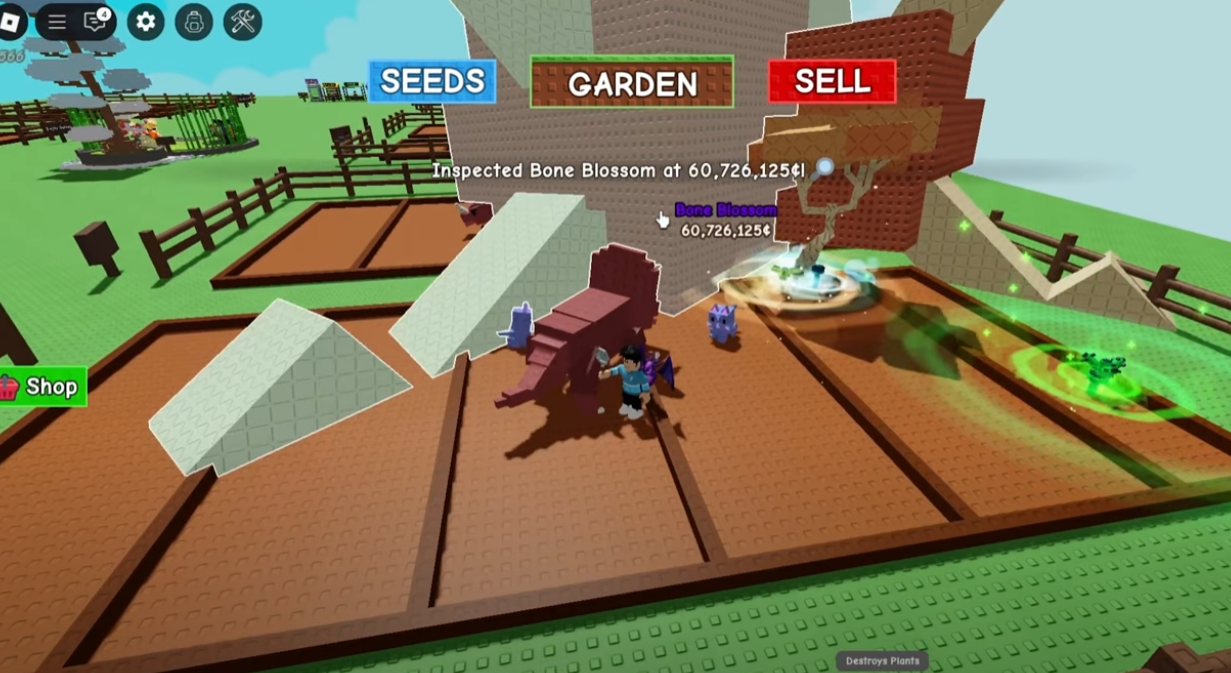If you're like many players who’ve spent hours tending crops, chasing loot, and optimizing builds in Grow A Garden, chances are you've only scratched the surface of what the game truly offers. While much of the gameplay is front and center—plant, harvest, upgrade—there are some lesser-known mechanics that, once mastered, can seriously level up your efficiency and enjoyment. These hidden systems tie directly into how you acquire resources, boost growth, and optimize progression with minimal waste.
Here are 7 hidden mechanics worth learning as you grow your garden.
1. Soil Affinity Buffs by Terrain Type
Different terrain zones grant subtle buffs to specific plant categories, even if it's not explicitly mentioned in the UI. For example, root vegetables tend to grow faster in clay-rich soil found in swamp biomes, while flowering plants benefit from arid, sun-drenched highlands. Understanding terrain-specific boosts can help you reduce wasted time and resources.
2. Hidden Growth Timers Tied to In-Game Events
You might’ve noticed certain crops mature faster during full moons or specific weather patterns. That’s no coincidence. The game’s internal event calendar subtly modifies growth rates, sometimes speeding up cycles by as much as 20 percent. Keeping track of in-game phases and syncing your planting routine can optimize harvest output.
3. Companion Boosts Based on Proximity
Companions don’t just fight or gather—they also influence growth zones. When you keep certain NPCs or tamed creatures near your garden plots, they passively boost plant health and pest resistance. Stack these bonuses for massive improvements in yield, especially if you're trying to conserve on item use.
4. Inventory Weight Impacts Movement AND Growth Speed
One overlooked mechanic is how your total carried weight affects not just your stamina and speed, but also the growth rate of certain items if you’re within proximity. Lighter inventory equals quicker tending and harvesting actions, meaning faster plant cycles. For this reason, many veteran players offload frequently or equip weight-reducing gear when doing serious farming runs.
5. Cross-Pollination Through Wind Patterns
Wind direction and weather aren’t just visual fluff—they impact cross-pollination potential between nearby plant plots. If you space out certain species correctly and align them with prevailing wind directions, you'll notice a chance of rare hybrid crops spawning, often tied to unique crafting lines.
6. Passive Stat Influence From Home Base Furniture
Yes, your base furniture layout matters. Some decorative and utility items passively increase your character’s gardening skill or crop quality rating when placed within a certain radius of your garden beds. It’s a mechanic never directly spelled out in tutorials, but savvy players use this to push the limits of production. Furniture from events or the Grow a Garden Sheckles shop often has enhanced bonuses in this regard.
7. Dynamic Market Demand Shifts Item Value
The in-game market has a hidden demand curve that updates based on global player behavior (in supported servers). This affects how much NPCs or merchants value your crops. Knowing when demand spikes lets you earn far more for your yield. While prices at the Grow a Garden Sheckles shop stay fairly stable, selling smart at the right moment in-game can make your cheap Grow A Garden Items go much further.
Learning these hidden systems won’t just make you a better gardener—they’ll make every in-game decision more meaningful. Understanding how environment, mechanics, and even aesthetics impact farming can shift your whole gameplay style.
If you're just getting started or looking to fill out a new build quickly, checking out U4GM’s options for cheap Grow A Garden Items can help you experiment with more advanced mechanics early on. But even with a bare-bones setup, mastering these hidden mechanics will ensure your garden thrives in any condition.
